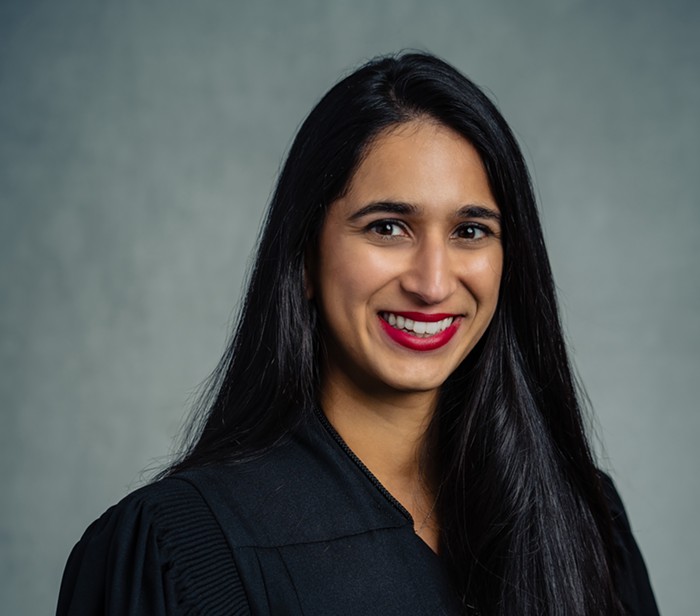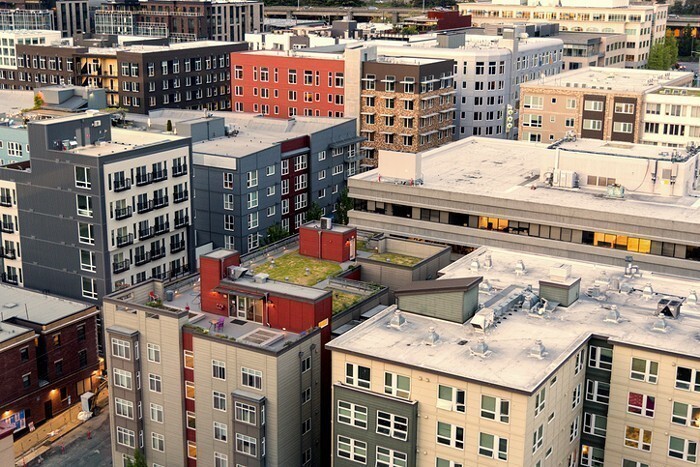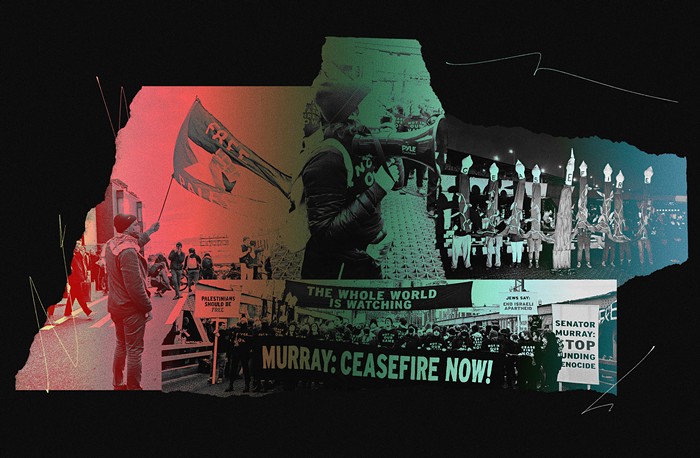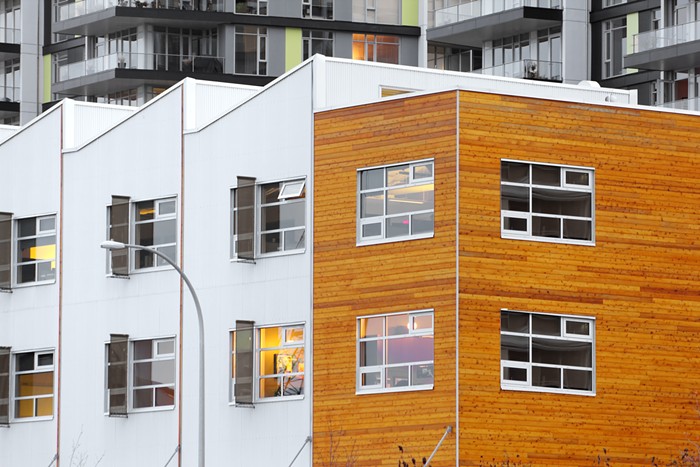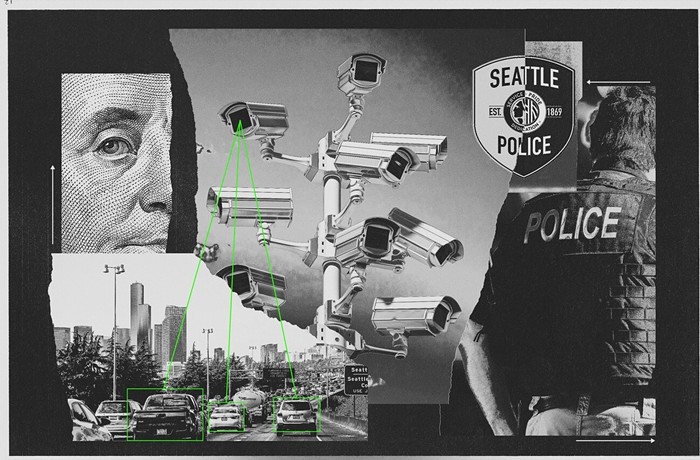
After a long court battle, King County prosecutors have released footage of the Seattle Pacific University shooting to local media outlets. The shooting happened two years ago this month. A 27-year-old—who said he was inspired by the Columbine High School shooters—killed one student with a shotgun before being disarmed by a courageous building monitor named Jon Meis. Meis used pepper spray and then tackled the gunman while he reloaded.
I just read and watched the coverage at the Seattle Times, KING 5, KOMO News, and KIRO 7. The media outlets fought in court against an attorney for the university and a coalition of victims to obtain the footage—and ultimately won. The attorney had argued releasing the footage would re-traumatize victims and potentially lead to copycat shooters. Media outlets argued that victims of crime don't get to dictate coverage and the shooter contagion theory was overblown. I wrote a feature story about the arguments on both sides.
Now that the footage is out, students at Seattle Pacific University are enraged. A journalism student at the school is calling for a boycott. One arrived at the site of the shooting yesterday just as a KOMO camera crew was leaving—if he'd arrived earlier, he said, he would have told them to get out.
All respect for @KING5Seattle and @seattletimes has been lost. Have some sensitivity toward the SPU community.
— Erin Miller (@emillz1994) June 15, 2016
@KIRO7Seattle Can you please comment on your choice to exploit the murder of a student for viewership and entertainment?
— SPU Problems (@SPU_Probs) June 15, 2016
You could be fueling someone's curiosity in murder, @komonews, @KING5Seattle, and @seattletimes. I hope you lose sleep about this.
— Samuel Ernest (@samuel_ernest) June 15, 2016
Sad that this Journalism major now has fewer Seattle media to look up to.
— Kat Wynn (@thekatwynns) June 15, 2016
I am not sure.
